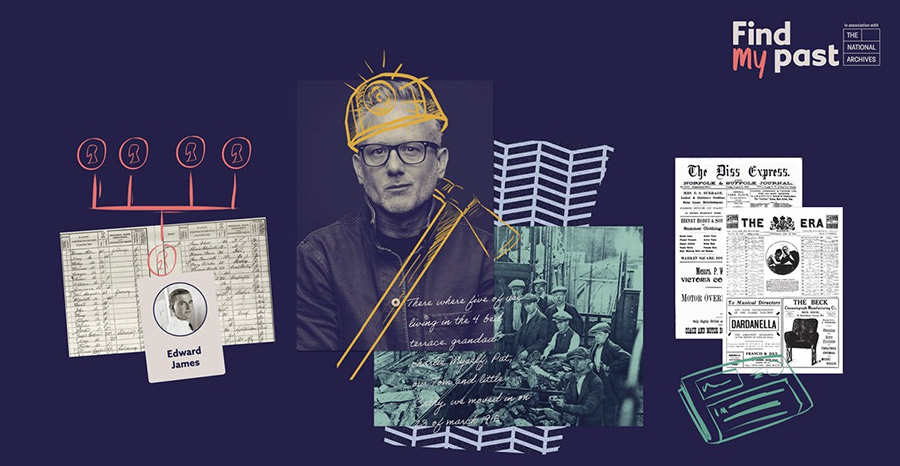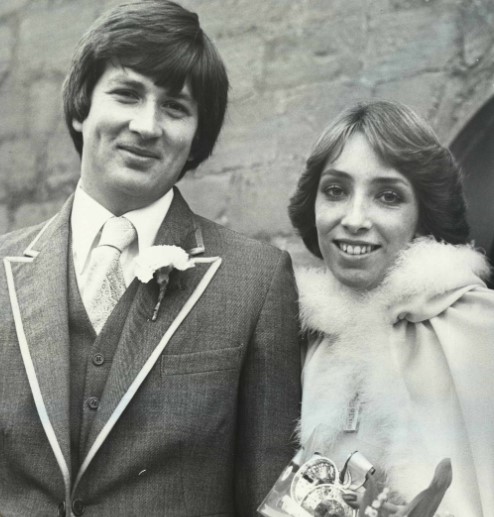
The newly-released 1921 Census can open untold chapters of your family story. Here’s how to take your family tree back 100 years to when it was taken.
After being locked away for a century, the 1921 Census of England and Wales is here, exclusively available online at family history website, Findmypast.
Taken on 19 June 1921, this unique snapshot of recent history details 38 million lives in England and Wales a century ago.
The 1921 Census can reveal where your relatives were, what they were doing (and who they were doing it with!) at the time. Plus, it was the first census to record employer details and offer ‘divorced’ as an option for marital status, making it the most comprehensive census of the nation that’s ever been made available to the public.
The 1921 Census is packed with endless stories, secrets and surprises about your family. But how do you trace your family tree back that far? It’s easier than you might think. Follow Findmypast’s five fail-safe tips and you’ll be making amazing, century-old family discoveries in no time.
1. Look at your birth record
This sounds obvious but your family history starts with you. Dig out your birth certificate if you have it. If you don’t already have it, Findmypast’s collection of English and Welsh birth records provide the information you need to order a copy of it from the General Register Office (GRO) for a fee. For births after 1911, the child’s mother’s maiden name is included – a key piece of information you’ll need to go further.
For example, let’s say you’re 40 years old (the median age of the UK population) but don’t know your mother’s maiden name. You can search for your birth record on Findmypast by entering your name and your birth year of 1981 into the easy-to-use database. Findmypast’s intuitive search tools will also reveal the locations where the births were registered, helping you easily pinpoint your record.
Once you’ve discovered your birth record on Findmypast, use the information it provides (registration district, volume, page number etc.) to order a copy of your birth certificate from the GRO. When you receive it, you’ll have confirmation of your mother’s maiden name and can move onto the next piece of the puzzle.
2. Get hold of your parents’ marriage record
If your parents married, the next piece of vital evidence you need is their marriage certificate. Using your mother’s maiden name, gleaned from your birth certificate, search Findmypast’s marriage records for her nuptials with your father.
Using our example above, let’s say your parents married in 1978, you can enter this year, along with where they married and their names to find their marriage record. Once again, Findmypast’s indexes handily provide the information you need to order a copy of the original marriage certificate from the GRO.

A 1978 wedding portrait from Findmypast’s Photo Collection
Marriage records are great for fleshing out your family tree. They reveal the couples’ names, ages and usually addresses. Plus, they can take you back another generation as they feature the bride and groom’s fathers’ names.
3. Track down a parent’s birth record
If you don’t know when your mother or father was born, their marriage certificate will give you their ages when they married, so you should be able to work out their birth years and then repeat step one using their details rather than yours.
Once you’ve got hold of one of your parents’ birth certificates from the GRO, you’ll have another golden genealogy clue – your grandmother’s maiden name.
4. Locate your grandparents’ marriage and birth records
Using your grandmother’s maiden name, repeat step two, this time searching for your grandparents’ marriage record, rather than your parents’ one.
At this point, and if you’re around 40 years old like our previous example, you’re likely to have traced your family tree back to the 1930s or ‘40s. One more generation and you’ll be ready to dive into the 1921 Census.
Once you have your grandparents’ marriage certificate, use their ages found on it to track down at least one of their birth certificates – a simple rinse and repeat of step one. If your grandmother or grandfather was born before 19 June 1921 and was in England or Wales at the time, they’ll be recorded on the Census.
5. Find your family on the 1921 Census
Now you’ve played family detective with birth and marriage certificates, it’s time to really bring your family story to life. Use the details you know about your grandfather or grandmother to find them on the 1921 Census.
Was your grandmother one of the first British policewomen? Did your grandfather go on strike with the miners? How did the First World War and Spanish Flu Pandemic impact your relatives? You can answer all these questions and more with the 1921 Census.
You don’t even need a Findmypast subscription to access this fascinating piece of history. Your grandparents’ census records are available to purchase from £2.50, only online at Findmypast. Where will your past take you? Just one thing is certain. The 1921 Census will help you understand your family a little better. And yourself.
